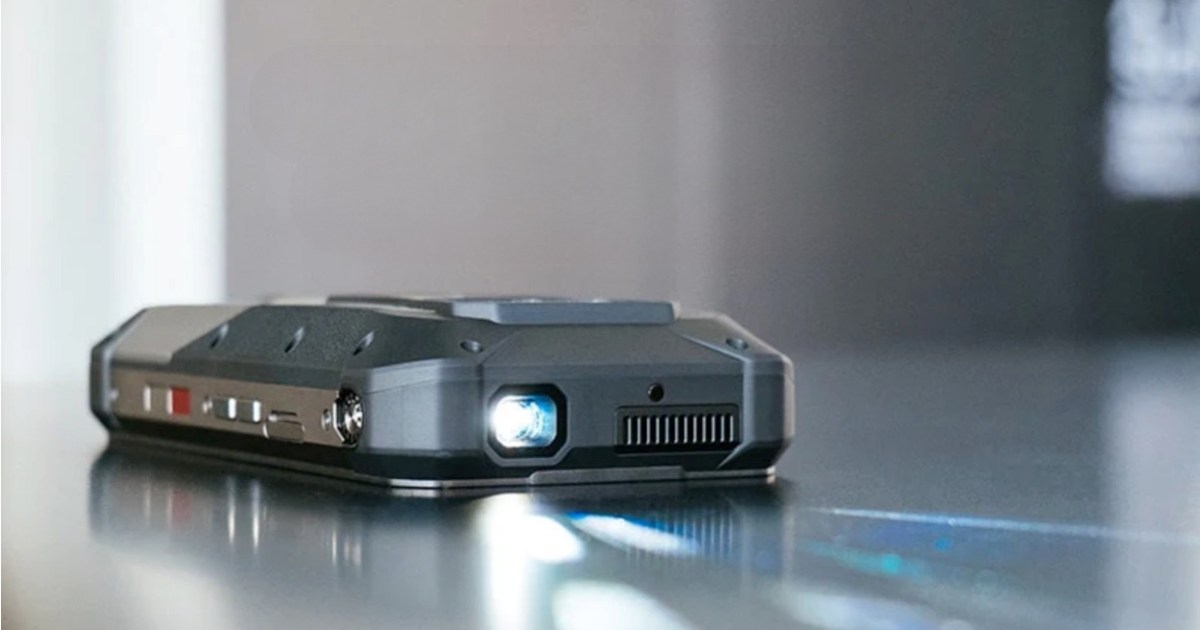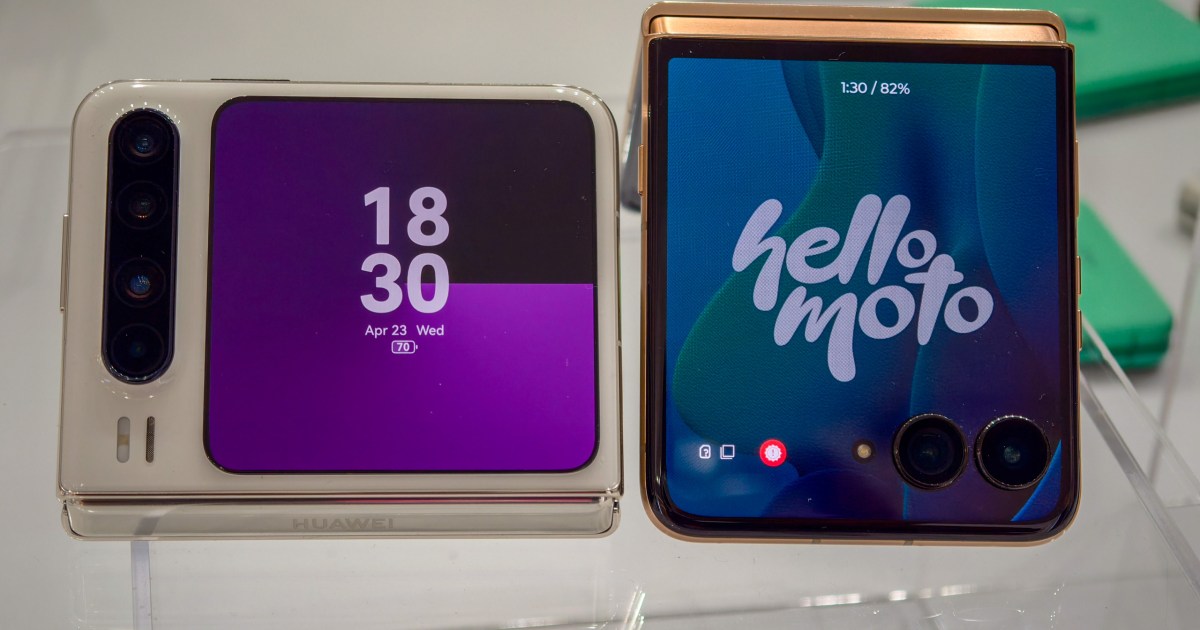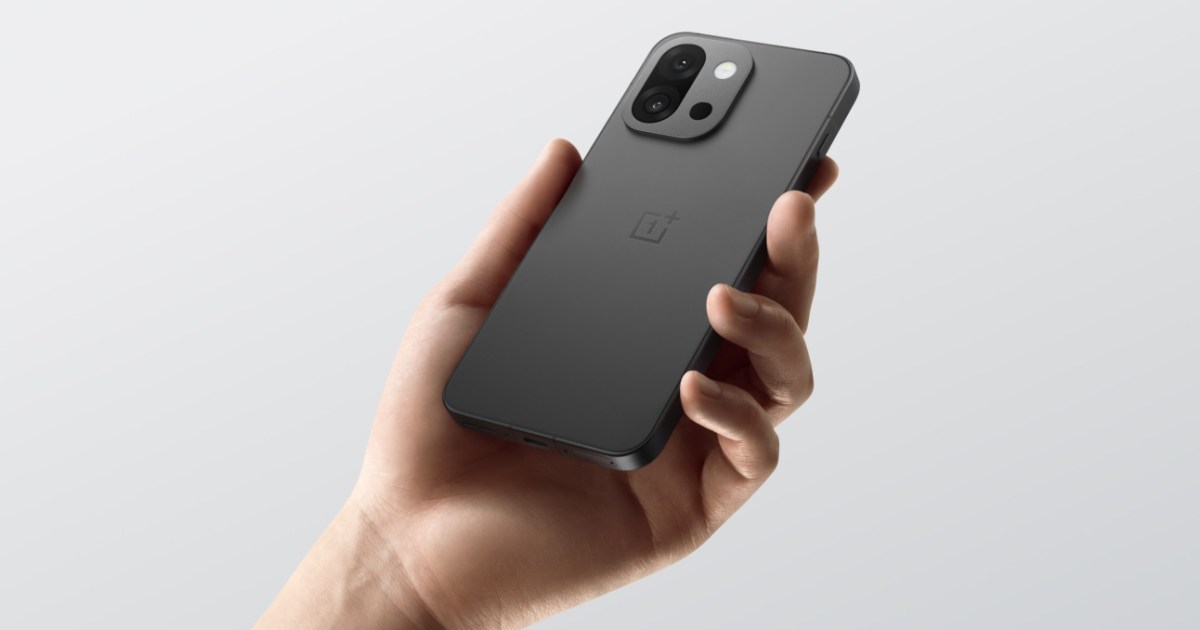Google’s journey in the smartwatch arena has been a fascinating one. After a somewhat underwhelming debut with the first Pixel Watch, the company quickly found its footing with the Pixel Watch 2. This impressive successor solidified Google’s position as a serious competitor to established brands like Apple and Samsung. Now, with the Pixel Watch 3, Google has truly hit a home run, securing its place among the top smartwatches available. This isn’t just due to its exceptional battery life, premium hardware, and competitive price, but also its groundbreaking health features, including one that even Apple and Samsung haven’t matched: Loss of Pulse Detection.
![]() Cardio Load and Readiness Score on the Google Pixel Watch 3.
Cardio Load and Readiness Score on the Google Pixel Watch 3.
Understanding Loss of Pulse Detection
While heart rate monitoring has become a standard feature in most smartwatches, Loss of Pulse Detection is a remarkably innovative addition that raises the question: Why didn’t anyone think of this sooner?
This feature utilizes the Pixel Watch 3’s optical heart rate sensors to detect the absence of a pulse. If no pulse is detected, the watch automatically contacts emergency services. This functionality is particularly crucial for individuals who might become unconscious and unable to call for help themselves. The watch plays a pre-recorded message informing the operator of the situation, including the wearer’s location and the lack of a detectable pulse.
To minimize false alarms, the Pixel Watch 3 employs several safeguards. It initially vibrates gently. If movement or a pulse is detected, the call is canceled. These checks can occur during regular activities if the sensor struggles to get a reading. Users can also manually dismiss these checks by tapping “I’m OK.”
If no pulse or movement is detected after 15 seconds, the watch initiates a 20-second countdown with a loud audible alert. During this countdown, users can cancel the emergency call by tapping an “X” on the screen. If the call proceeds, the automated message can be interrupted at any time, allowing the user or someone nearby to speak directly with the emergency operator.
![]() The back of the Google Pixel Watch 3.
The back of the Google Pixel Watch 3.
Enabling Loss of Pulse Detection on Your Pixel Watch 3
Loss of Pulse Detection is a powerful feature, but it’s not enabled by default. This is likely to ensure users understand its functionality before activating it. Here’s how to turn it on:
Step 1: Ensure your Pixel Watch 3 runs the latest WearOS version and the Google Pixel Watch app on your paired smartphone is up-to-date (Wear OS 15.1 with Personal Safety app update 2025.03.19.x or later).
Step 2: Open the Google Pixel Watch app on your phone.
![]() The Watch app on the Pixel 7.
The Watch app on the Pixel 7.
Step 3: Navigate to Safety & emergency.
Step 4: Select Loss of Pulse Detection. If unavailable, verify you’re in a supported region and your apps are updated.
Step 5: Follow the on-screen prompts to enable the feature. You may need to sign into Personal Safety with your Google Account.
![]() The Google Pixel Watch 3 on someone
The Google Pixel Watch 3 on someone
Step 6: Once activated, the feature will begin monitoring. Ensure you’re wearing the watch correctly for optimal performance. Refer to Google’s guidelines for proper wear.
![]() The 45mm and 41mm Google Pixel Watch 3 models next to each other.
The 45mm and 41mm Google Pixel Watch 3 models next to each other.
Device and Regional Availability
Currently, Loss of Pulse Detection is exclusive to the Google Pixel Watch 3 (both Wi-Fi and LTE versions). While the Wi-Fi version requires Bluetooth proximity to your phone for emergency calls, the LTE version should connect to emergency services even without an active cellular plan in many regions.
![]() The side of the Google Pixel Watch 3.
The side of the Google Pixel Watch 3.
The feature is available in Austria, Belgium, Denmark, France, Germany, Ireland, Italy, Netherlands, Norway, Portugal, Spain, Sweden, Switzerland, the United Kingdom, and the United States. Availability depends on your physical location, and the feature will be temporarily disabled if you travel to an unsupported region. Google is actively working to expand availability to more countries.










